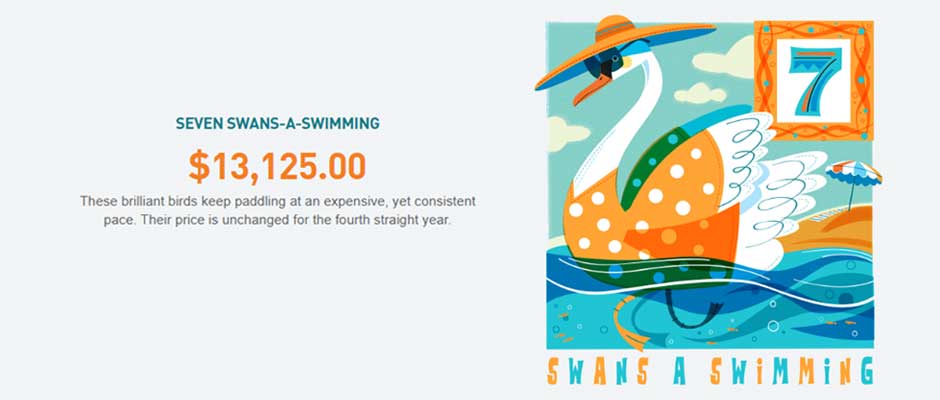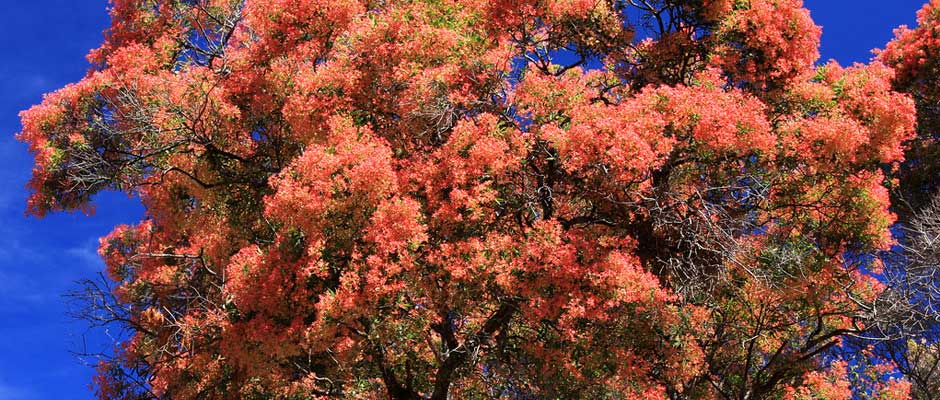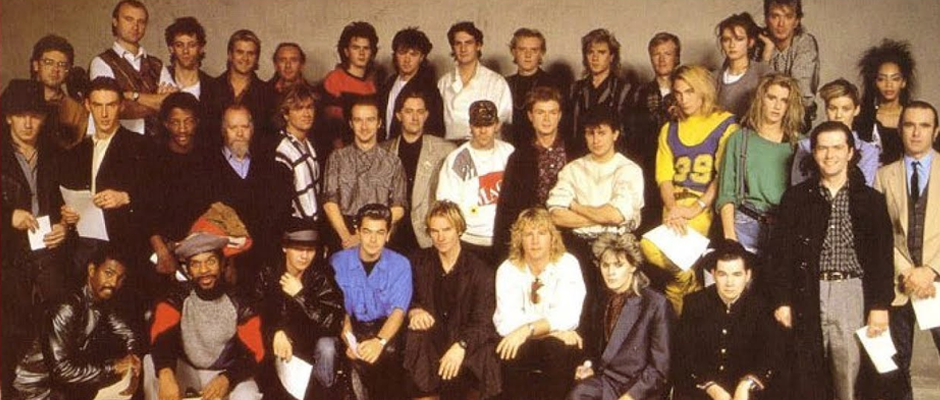
Brace your elves, as we’ve compiled 12 of the most fun facts about Christmas.
So put on your favourite Christmas tunes, grab a cuppa and discover something new about the festive season!
1. Xmas Xplanation
There is a common misconception that the word Xmas stems from a secular attempt to remove the religious tradition from Christmas by taking the “Christ” out of “Christmas”, but its use dates back to the 16th century.
The “X” comes from the Greek letter Chi, which is the first letter of the Greek word Christós (Χριστός), which became Christ in English.
There are some interesting style guides on the word, including one in the 1948 Vogue’s Book of Etiquette, where it states that “‘Xmas’ should never be used” in greeting cards. The Cambridge Guide to Australian English Usage states that the spelling should be considered informal and restricted to contexts where concision is valued, such as headlines and greeting cards.
2. Jingle Bells was originally written for Thanksgiving not Christmas
First published in 1857, it was written by Medford, Massachusetts resident James Lord Pierpont, to be sung on Thanksgiving — not Christmas. It was inspired by the annual one-horse open-sleigh races on Salem and Pleasant Streets between Medford Square and Malden Square.
3. Christine comes from Christmas
I got my name Christine because I was born near Christmas – 6 days short to be exact, on 19th December. Other names that mean Christmas are Noel, for boys born around this time and for girls Natalie, which in Latin means Christmas Day (natale domini). So to all the Natalies out there, Happy Natalie!

4. A tree-mendous height ?
The tallest Christmas tree ever displayed was in a shopping centre in Seattle, Washington in 1950. It was a Douglas fir that measured 221 ft. (or 67.36m) high. This tree certainly won’t fit through the door.
5. Xmas Xpense
For the past 36 years, a US bank each year releases a Christmas Price Index – which calculates the costs of the twelve gifts from the classic carol The Twelve Days of Christmas.
This year, the extravagant (and often difficult to obtain) gifts come to a grand total of USD $38,993, or AUD $57,427.
The most expensive of the lot are the ‘Seven Swans-A-Swimming’, which you can see below come in at over USD $13K.

6. Those Wise Men
The Three Kings seen in the nativity scene are really a representation of an unnumbered party of unnamed ‘wise men’ who visited sometime after the birth of Jesus, in a house, not a stable. It became an artistic convention to group the shepherds, angels and three kings together in one tableau. Although not named in the New Testament, they are known traditionally as Caspar, Melchior and Balthazar.
7. NSW has its own Christmas bush
The New South Wales Christmas Bush (Ceratopetalum gummiferum) is part of many Aussie festive celebrations, and often not put in vases until all the petals have dropped from its flowers. Although the creamy-white flowers are like tiny stars of wonder too, it’s the red bracts that are more usually incorporated into Christmas wreaths and table decorations.

8. But wait, there’s Myrrh!
You may have only ever heard of myrrh as one of the three gifts from the Wise Men in the account of Jesus’ birth. Myrrh is a natural gum or resin extracted from thorny trees of the genus Commiphora.
Myrrh resin has been used throughout history as a perfume, incense, and medicine. Myrrh seems like a very strange word, but its ancient etymological roots give the simple definition of ‘bitterness’, which it shares with the more commonly known myrtle.
9. Christmas trees are quite a recent addition
In Britain, the Christmas tree was introduced in the early 19th century from Germany by Queen Charlotte, wife of King George III. In 1832, the future Queen Victoria wrote about her delight at having a Christmas tree, hung with lights, ornaments, and presents placed round it. After her marriage to her German cousin Prince Albert in 1840, the custom became more widespread throughout Britain. ?

10. The Eggnog Custom
While culinary historians debate its exact lineage, most agree eggnog originated from the early medieval British ‘posset’, a hot, milky, ale-like drink. By the 13th century, monks would drink a posset with eggs and figs. Milk, eggs and sherry were foods of the wealthy, so eggnog was often used in toasts to prosperity and good health.
Mexico invented their own version called rompope, first brewed by nuns in Puebla. Puerto Rico’s version, called coquito, adds coconut milk. The Scottish version, called Auld Man’s Milk, naturally contains whisky. The English name’s etymology however remains a mystery. Some say nog comes from ‘noggin’ meaning a wooden cup, or ‘grog’ a strong beer. By the late 18th century, the combined term eggnog stuck.

11. Hark! How the Welkin rings!
The original lyrics to the popular carol Hark! The Herald Angel Sings were “Hark! How the Welkin rings”. Welkin is an old English term for Heaven. A preacher later tweaked the lyric.
12. Christmas Song composed for charity
Do They Know It’s Christmas? is a song written in 1984 by Bob Geldof and Midge Ure in reaction to TV reports of the 1983–1985 famine in Ethiopia. It was first recorded in a single day on 25 November 1984 by Band Aid, a supergroup put together by Geldof and Ure and consisting mainly of the biggest British and Irish musical acts at the time.
The single was released in the UK on 3 December 1984, entered the UK Singles Chart at number one and stayed there for five weeks, becoming the Christmas number one of 1984. It became the fastest selling single in UK chart history, selling a million copies in the first week alone and passing three million sales on the last day of 1984.

I hope you’ve enjoyed these fun facts, and that you have a very merry Christmas!
Happy Puzzling!



